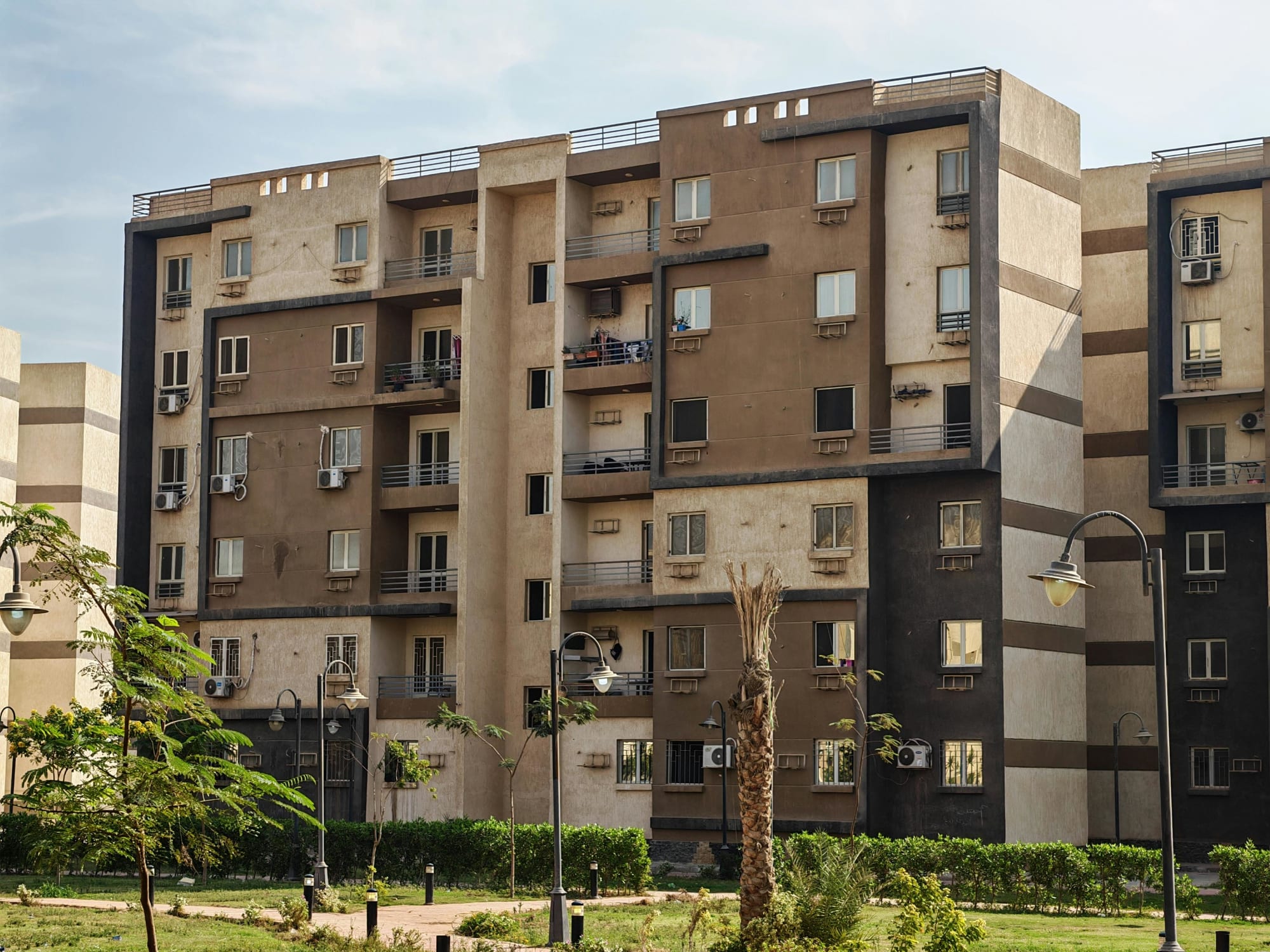Invest
Borrowing in super has taken a dive. Why?
Borrowing in superannuation has enjoyed a popularity streak since it was first allowed in 2007, but ongoing tinkering with the rules and a tougher lending environment have taken its toll on investors.
Borrowing in super has taken a dive. Why?
Borrowing in superannuation has enjoyed a popularity streak since it was first allowed in 2007, but ongoing tinkering with the rules and a tougher lending environment have taken its toll on investors.

Limited recourse borrowing arrangements (LRBA) – which is the structure used to borrow in superannuation – saw a significant slowdown in growth during 2018, according to new ATO figures.
The total value of LRBAs increased by just 1.6 per cent, versus the 45 per cent jump in value the previous year.
Between December 2016 and December 2017, LRBAs increased by 45.2 per cent from $29.1 million up to $42.2 million.
Several lenders have exited SMSF lending in the last couple of years also, with Macquarie Bank being the most recent one. For residential lending, all the major banks have exited SMSF loans and are only servicing existing contracts rather than new business.

Further, the legislative goal posts keep shifting for SMSF loans, to the frustration of SMSF experts like Heffron SMSF Solutions director Meg Heffron.
Ms Heffron, who was on the board of the government’s 2010 Superannuation System Review, fears it is “death by 1,000 cuts” for SMSF borrowing.
“There’s plenty of reasons to attack on policy grounds – such as that [borrowing in super] potentially fuels heated housing markets. If that was being advanced as a reason, I might get it. But evidence of people blowing up their superannuation with LRBAs? I don’t believe that exists,” she said earlier this year.
How growth is tracking
The estimated total in SMSF assets saw a slight decrease, falling from $728 billion down to $726 billion.
The ATO’s SMSF quarterly statistical report for December 2018 also indicates that the total number of SMSFs has now climbed to 597,009 while the total number of members has now reached 1,127,304.
Overall, the number of SMSF establishments have slowed in recent years, which ATO assistant commissioner Dana Fleming puts down to a maturation of the sector.
“The take-up period always has a really high trajectory, that’s where we were at for quite a long period of time,” she told Nest Egg at the Accounting Business Expo in Sydney this week.

Property
Australia’s mortgage knife‑fight: investors, first‑home buyers and the new rules of lender competition
The mortgage market is staying hot even as rate relief remains elusive, with investors and first‑home buyers chasing scarce stock and lenders fighting for share on price, speed and digital experienceRead more

Property
Breaking Australia’s three‑property ceiling: the finance‑first playbook for scalable portfolios
Most Australian investors don’t stall at three properties because they run out of ambition — they run out of borrowing capacity. The ceiling is a finance constraint disguised as an asset problem. The ...Read more

Property
Gen Z's secret weapon: Why their homebuying spree could flip Australia's housing market
A surprising share of younger Australians are preparing to buy despite affordability headwinds. One in three Gen Z Australians intend to purchase within a few years and 32 per cent say escaping rent ...Read more

Property
Tasmania’s pet-positive pivot: What landlords, BTR operators and insurers need to do now
Tasmania will soon require landlords to allow pets unless they can prove a valid reason to refuse. This is more than a tenancy tweak; it is a structural signal that the balance of power in rental ...Read more

Property
NSW underquoting crackdown: the compliance reset creating both cost and competitive edge
NSW is moving to sharply increase penalties for misleading price guides, including fines linked to agent commissions and maximum penalties up to $110,000. Behind the headlines sits a more ...Read more

Property
ANZ’s mortgage growth, profit slump: why volume without margin won’t pay the dividends
ANZ lifted home-lending volumes, yet profits fell under the weight of regulatory and restructuring costs—an object lesson in the futility of growth that doesn’t convert to margin and productivityRead more

Property
Rate pause, busy summer: where smart capital wins in Australia’s property market
With the Reserve Bank holding rates steady, the summer selling season arrives with rare predictability. Liquidity will lift, serviceability stops getting worse, and sentiment stabilises. The ...Read more

Property
The 2026 Suburb Thesis: A case study in turning trend lists into investable strategy
A new crop of ‘suburbs to watch’ is hitting headlines, but translating shortlist hype into bottom-line results requires more than a map and a mood. This case study shows how a disciplined, data-led ...Read more

Property
Australia’s mortgage knife‑fight: investors, first‑home buyers and the new rules of lender competition
The mortgage market is staying hot even as rate relief remains elusive, with investors and first‑home buyers chasing scarce stock and lenders fighting for share on price, speed and digital experienceRead more

Property
Breaking Australia’s three‑property ceiling: the finance‑first playbook for scalable portfolios
Most Australian investors don’t stall at three properties because they run out of ambition — they run out of borrowing capacity. The ceiling is a finance constraint disguised as an asset problem. The ...Read more

Property
Gen Z's secret weapon: Why their homebuying spree could flip Australia's housing market
A surprising share of younger Australians are preparing to buy despite affordability headwinds. One in three Gen Z Australians intend to purchase within a few years and 32 per cent say escaping rent ...Read more

Property
Tasmania’s pet-positive pivot: What landlords, BTR operators and insurers need to do now
Tasmania will soon require landlords to allow pets unless they can prove a valid reason to refuse. This is more than a tenancy tweak; it is a structural signal that the balance of power in rental ...Read more

Property
NSW underquoting crackdown: the compliance reset creating both cost and competitive edge
NSW is moving to sharply increase penalties for misleading price guides, including fines linked to agent commissions and maximum penalties up to $110,000. Behind the headlines sits a more ...Read more

Property
ANZ’s mortgage growth, profit slump: why volume without margin won’t pay the dividends
ANZ lifted home-lending volumes, yet profits fell under the weight of regulatory and restructuring costs—an object lesson in the futility of growth that doesn’t convert to margin and productivityRead more

Property
Rate pause, busy summer: where smart capital wins in Australia’s property market
With the Reserve Bank holding rates steady, the summer selling season arrives with rare predictability. Liquidity will lift, serviceability stops getting worse, and sentiment stabilises. The ...Read more

Property
The 2026 Suburb Thesis: A case study in turning trend lists into investable strategy
A new crop of ‘suburbs to watch’ is hitting headlines, but translating shortlist hype into bottom-line results requires more than a map and a mood. This case study shows how a disciplined, data-led ...Read more








